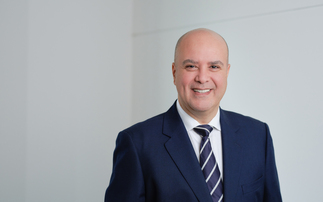Bereavement is bad enough without money troubles. Rachel Clarke explains the complexities of using whole of life policies
It is used to purchase the outgoing owner’s business interest from his or her estate.
A written agreement, such as a cross-option agreement, sets out the conditions for sale and purchase.
Family businesses are different. A typical ownership protection arrangement will not always be suitable.
If a business is owned by parents and it employs the children, the parents are unlikely to set up ownership protection if the children succeed them in the business. Ownership will be transferred by the parents’ wills.
In which case, the children will inherit on death, often after the death of the second parent.
The availability of Business Property Relief on the gift can make this inheritance tax efficient. But what if some children are not involved in the business?
Most parents will want to treat their children equally, especially on their death.
However, where a family business only employs certain children, the arrangement above could create inequality.
The employed children will receive a potentially valuable share of the business. Their other siblings who aren’t employed by the business will not.
One possible way to achieve an equal distribution is to look at the assets in the parents’ estates of a similar value to the business.
These could be gifted to the non-involved children. However, this has limited application.
If the business is the parents’ main asset, its value far outstripping that of the family home and other assets combined, inequality between the siblings seems unavoidable.
A simple solution could be to take out a whole of life plan. The plan, arranged on a joint life, second death basis, could be used to make sure the inheritance for the children is distributed equally.
The sum assured would be the amount needed to ensure that the children who aren’t involved in the business would receive the same as their siblings, taking the distribution of the parents’ other assets into account.
The plan would guarantee a lump sum payment on the death of the second parent, assuming the surviving parent wants to retain control of the business.
To avoid the plan forming part of the parents’ estates, it could be placed in trust for the benefit of the non-involved children.
On second death, the Trustees would be able to claim immediately, with no probate delay.
The non-involved children would receive a cash lump sum in an inheritance tax efficient way.
Moreover, the parents could take comfort, knowing that all of their children will be treated equally.
Sales of whole of life products account for less than 2% of the protection market.
Yet they can be particularly useful for high-net worth clients who undertake inheritance tax planning activities, but will still be left with an IHT liability.
In addition, with people living longer and the implications this brings, such as pension provision to fund retirement, the need for a whole of life product has never been greater.
Rachel Clarke is a technical support specialist at Bright Grey and Scottish Provident











